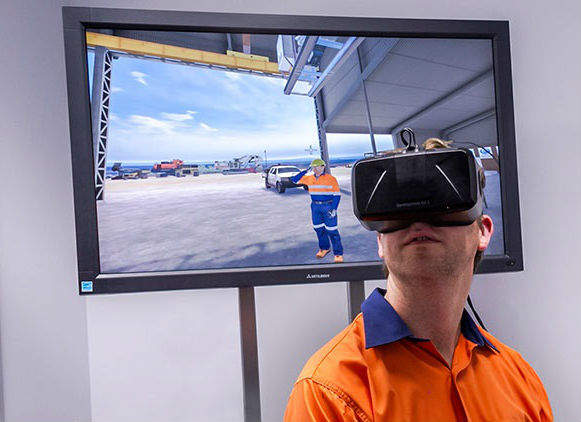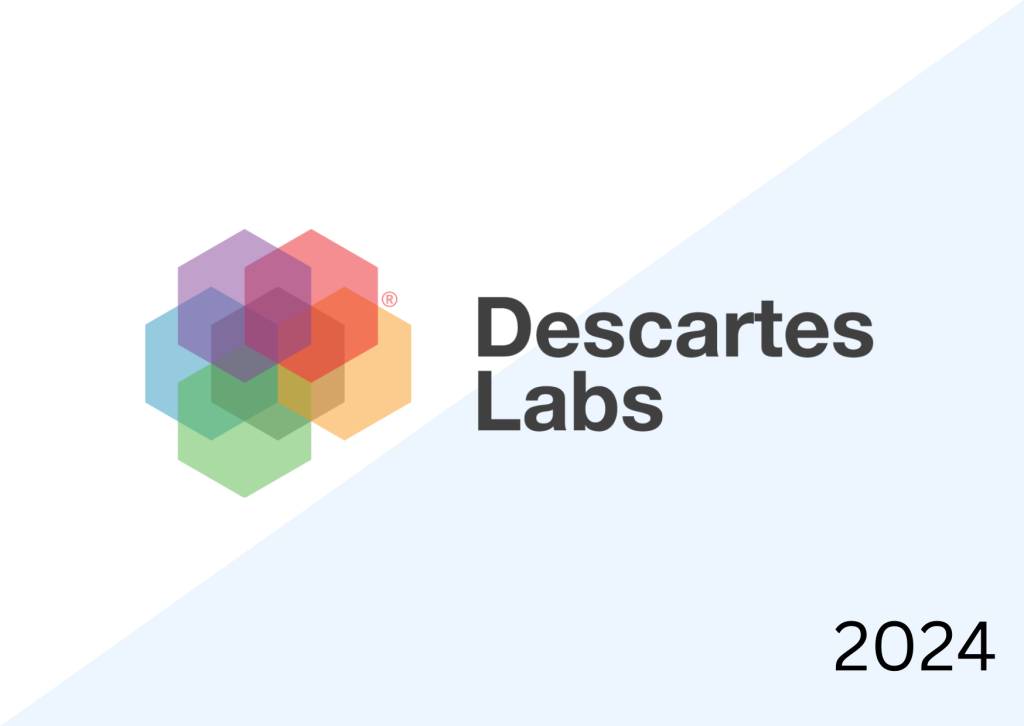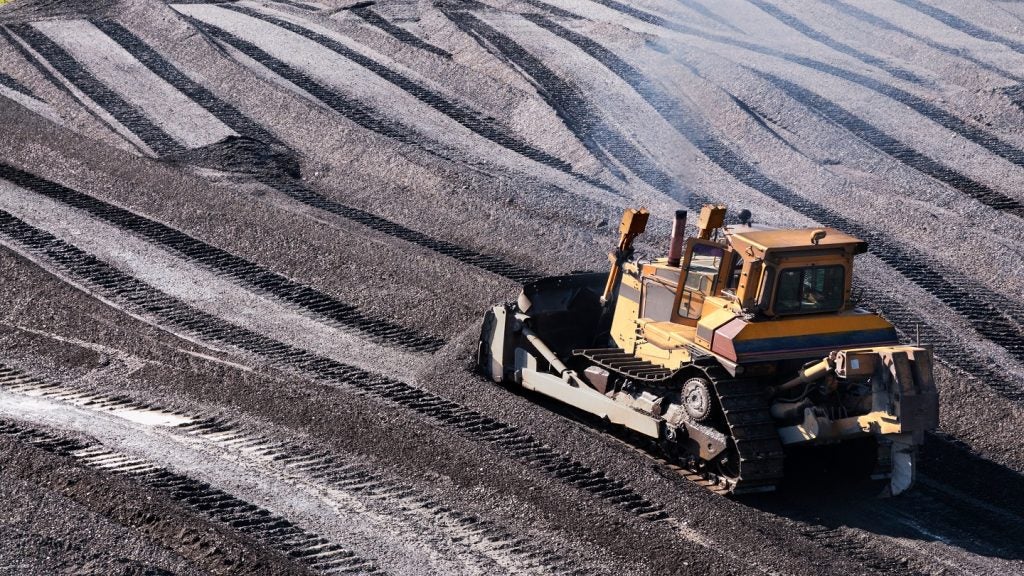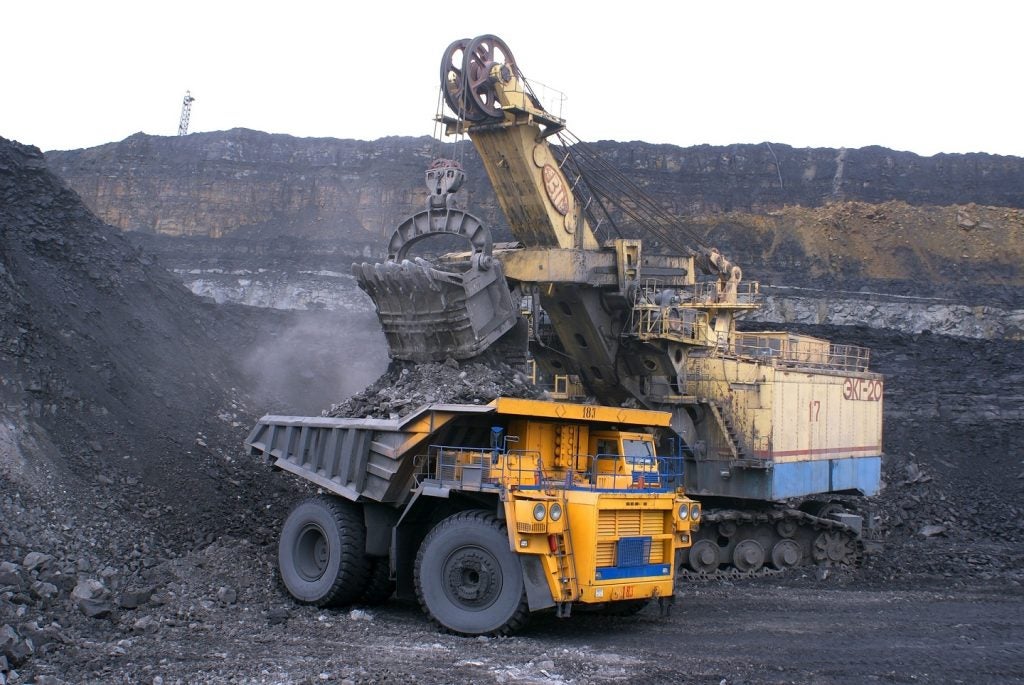

When Immersive Technologies released its WorksiteVR product earlier this year, expectations ran high: the company anticipated that virtual reality would become one of the most rapidly adopted technologies of 2016. Through donning a headset, users are transported to a virtual worksite, allowing them to get to grips with a hazardous environment without putting themselves (or company property) at risk.
A portable yet powerful training tool – which can be customised to deal with a vast range of workplace training challenges – the product promises high learner retention and recall levels, at a relatively low cost of delivery. Since it was launched, a growing number of the company’s customers have jumped on board.
“Over recent years we’ve been trialling the combination of our proprietary simulation technologies with the latest wearable virtual reality hardware in various workplace applications. As the uptake of virtual reality continues, we are proud to be on the forefront of both development and effective application to address industry needs,” says Wayde Salfinger, executive director of marketing.
The company has long been a leader in the simulation business. Since 1998, when it created the world’s first mining dump truck simulator, it has worked to develop equipment simulators and learning systems for the mining sector. Today, its customers are a diverse mix, spanning training schools, mining operations and OEMs across 39 countries.
See Also:
Willingness to invest
Over this period, the nascent mining simulation industry has taken off. Once the preserve of the particularly tech-minded, simulation solutions are becoming near universal, with more and more operators realising the advantages.
How well do you really know your competitors?
Access the most comprehensive Company Profiles on the market, powered by GlobalData. Save hours of research. Gain competitive edge.

Thank you!
Your download email will arrive shortly
Not ready to buy yet? Download a free sample
We are confident about the unique quality of our Company Profiles. However, we want you to make the most beneficial decision for your business, so we offer a free sample that you can download by submitting the below form
By GlobalData“There’s been a shift from simulation being a ‘nice-to-have’ to a ‘must-have’ from an operational, productivity and safety perspective,” says Justin Collins, CEO of ThoroughTec Simulation. “Management have come to realise the impact that operators have on the production cycle and even the smallest improvements in operator efficiency can result in huge returns at the end of the production cycle.”
As a result, today’s acquisition process is typically driven not by human resources but by senior managers. Collins says they are particularly willing to invest in end-to-end solutions, which include a full training curriculum alongside the necessary hardware.
“Some of ThoroughTec’s more progressive customers have even started building quantitative models to accurately measure performance improvements at the ‘per operator’ level,” he explains. “This has directly contributed towards the achievement of their business objectives, by developing training technologies with tracking and reporting metrics that could be extrapolated to real world scenarios in order to optimise operator performance across specific fleets.”
ThoroughTec has been designing heavy-equipment operator training simulators for over 20 years. Having started life as a military simulation company, it rapidly branched into the mining and construction sector, before developing the CYBERMINE simulator range. Today, this range is the broadest in the industry, encompassing virtually every class of mechanised mining machinery for both surface and underground operations.
Training tools
It is not hard to see why simulation-based training should have become so popular. By enabling trainee operators to become familiar with their working conditions, alongside the equipment they will be using, these solutions ensure only the most knowledgeable personnel actually enter the mine.
Sometimes the goals are more specific. Ashley Mullaney, promotions department manager at Immersive Technologies, cites a North America-based mining operation that wanted to increase tyre life. Through implementing a simulation-based training initiative, which taught equipment operators how to avoid unnecessary damage, the company saw a 27% reduction in tyre replacements.
Similarly, one Indonesian contractor cut its fuel consumption considerably by focusing on operator skill level. Once the training programme was in place, fuel usage dropped by around 6% a month, which in turn led to $500,000 in savings per annum.
“With a growing number of simulation based training products available on the market, savvy miners are increasingly assessing the credentials of these tools for real value,” says Mullaney. “We have the proof that our solutions consistently deliver improvements in tyre life, unscheduled maintenance, fuel use, spot times and effective operator training.”
Other applications
Training solutions, however, are far from the only use for simulation. The technologies are also finding uses across a wide range of modelling and monitoring applications, tracking everything from rock soil dynamics to the ways that vehicles are handled.
Take the mining software company GEOVIA, which specialises in modelling, design, scheduling and data management. Its Surpac product, the world’s most popular geology and mine planning software, provides a 3D visualisation of the entire mining operation. This enables users to observe construction from start to finish.
“This is the power of Surpac as a communication tool,” said one customer, Mark Muller, chief geologist at Mincor Resources. “We can visualise an interpretation, lock it in 3-dimensions and then we can bring in all the drilling, all the infrastructure, the development, the headings and know instantly whether we are on track. Surpac allows us also to link the departments together. So the surveyors, engineers and geologists all use the same data sets, use the same string files – they are using a living data set so that we are all talking from the same page.”
Simulation is also used widely across product development. Finnish company Mevea, for example, provides a virtual prototyping solution, which is used to shorten development cycles, reduce physical prototyping costs and facilitate better communication between stakeholders. Through accurately simulating factors like hydraulics and machine mechanics, it enables realistic virtual models of the most complex mining equipment.
As these technologies grow more advanced and the costs come down, we can expect to see greater adoption of simulation solutions throughout the mining sector. While the industry as a whole remains cautious – and capital expenditure is low – these kinds of products are increasingly regarded as a way to save money in the long term.
As Bryant Mullaney of Immersive Technologies explains: “Immersive Technologies’ commitment to providing quantifiable bottom line results has not wavered during challenging economic times for miners. We are providing more than good service and support – we are contributing to high-level business objectives.”







